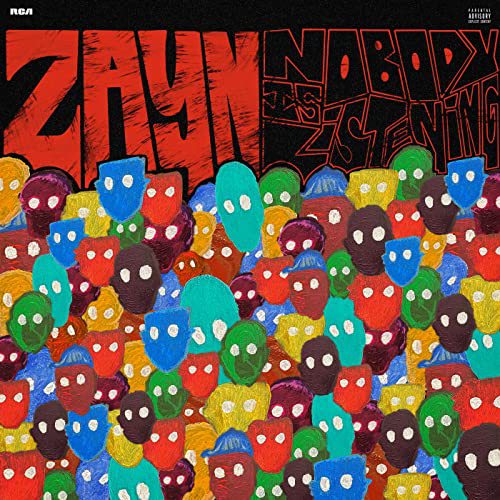As of early September this year, 530 Americans have been diagnosed with lung illnesses and eight have lost their lives to a vaping-related health outbreak. Doctors and researchers believe the rise in popularity of vaping is the cause of this growing problem, which might only continue to worsen.
Before vaping became a known issue, smoking was a major epidemic amongst teenagers. However, according to the National Health Interview Survey, the percentage of teens who smoke cigarettes decreased by 8.5% from 2011 to 2017. Only 10.4% of teens reported to smoking in 2017. For a period of time, this gave hope to society that the days of widespread nicotine addiction were close to being over. This has been recently changed with the introduction of vaping into mainstream culture.
Vaping involves inhaling vapor released from a battery-powered smoking device, most commonly called an e-cigarette. The vapor comes from a cartridge of liquid that is heated. This liquid can contain various chemicals, such as nicotine or THC (notable for the psychological effects it has on marijuana smokers). There are several different types of e-cigarettes, but the most popular amongst teens is the Juul. First released as a “healthier” alternative to cigarettes, as advertised by most brands, it did not take long for teenagers to become addicted by the Juul’s sleek compact design and fun flavors like mint and mango.
Many people believe that Juuling is not as harmful as smoking cigarettes, but it most certainly can be when used excessively. One Juul cartridge, or pod, has about the same amount of nicotine as a pack of cigarettes. Thus, for those trying to quit smoking, using the Juul might not be the most productive means of getting rid of the addiction.
After the recent reports of Americans getting sick after excessively using the e-cigarettes, people the masses seem to change their opinions. Doctors have found that the oils inhaled when vaping can irritate and inflame the lungs, causing serious respiratory issues. This can lead to popcorn lung, which causes damage and scarring in the airways. As of right now, researchers haven’t been able to pinpoint one specific chemical in vapes that are causing all these health issues, but they are still advising all vape users to either limit their intake or just stop altogether.
One 18-year-old teen , Chance Ammirata, even experienced pneumothorax, or lung collapse, from what he and his doctors are certain can be attributed to vaping. Another 18-year-old vaper, Adam Hergenreder, was rushed to the hospital after vomiting and not being able to breathe. Doctors told him that the state of his lungs was equivalent to that of a 70-year-old’s. John D, a Queens College sophomore, said, “That’s insane that vaping can do that much damage to your lungs. It really isn’t worth it”.
For some people, these vaping horror stories have turned them away from their Juuls and e-cigs. For others, the craving is just too strong. A QC student who wishes to remain anonymous said, “I really want to quit Juuling, and I’m always telling myself I will. But it’s just so hard to stop. It’s basically become a part of my daily routine, and I can barely go 20 minutes without it” .
President Trump even stated that he plans on banning the majority of flavored e-cigarettes nationwide.
Truth Initiative, a nonprofit public health organization focused on ending tobacco dependency, has created a program that provides real-time support and assistance to those looking to quit vaping. The program supplies vapers with quitting methods and 24/7 text hotlines when the urge to vape becomes very strong. If you or anyone you know is suffering from addiction caused by vaping, text “QUIT” to (202) 804-9884 to allow Truth Initiative to help you take your first steps towards a vape-free life.














